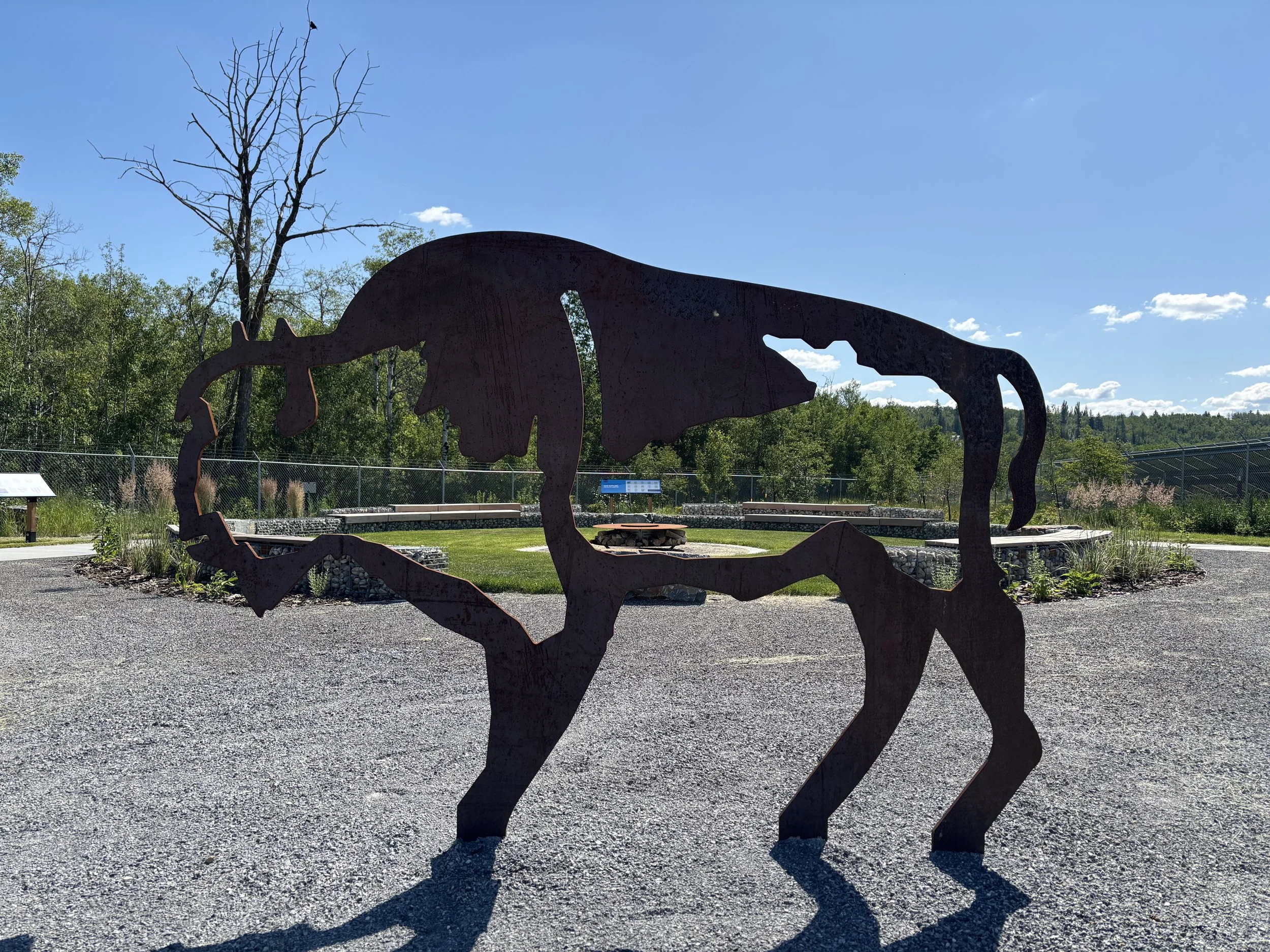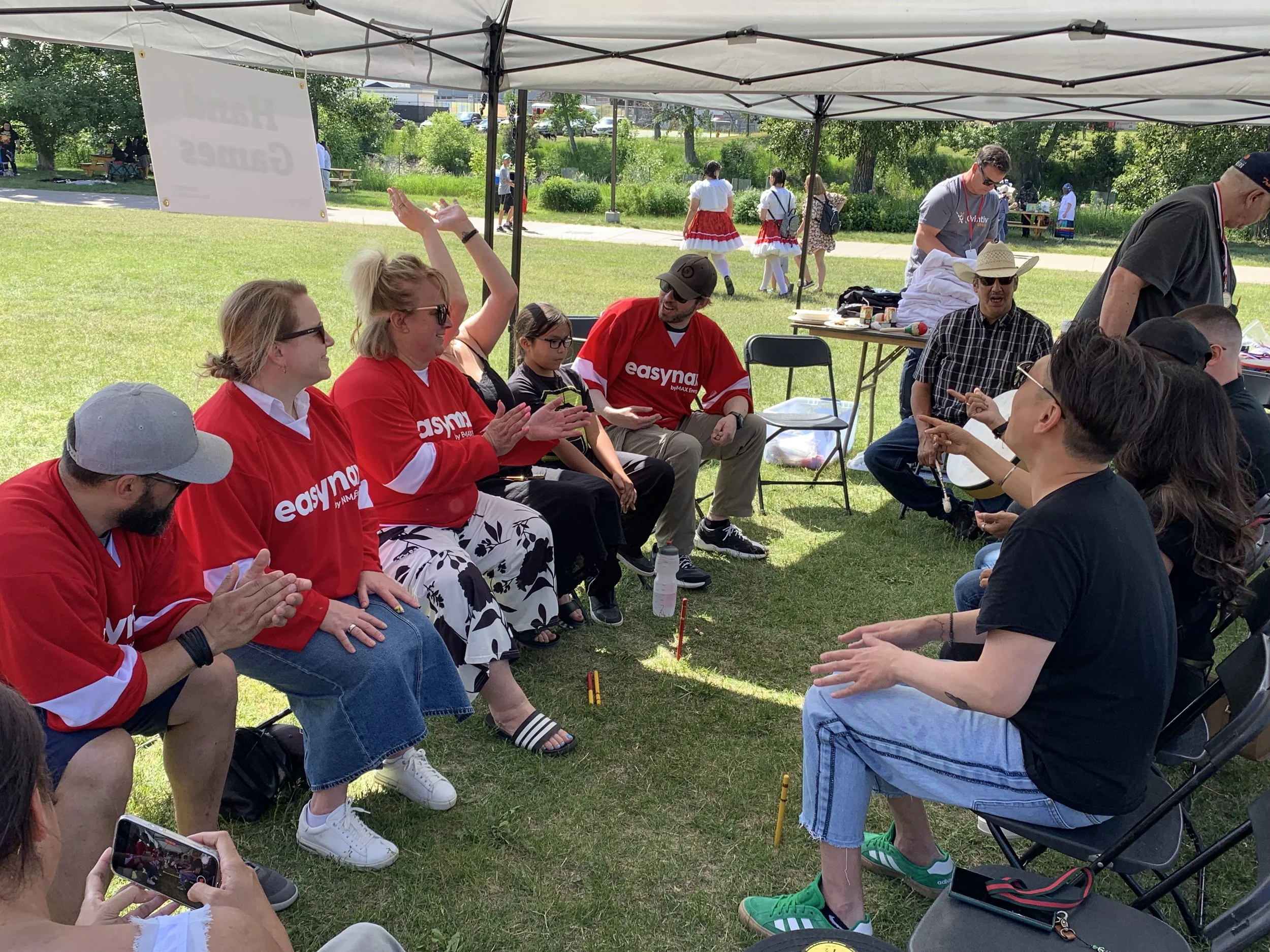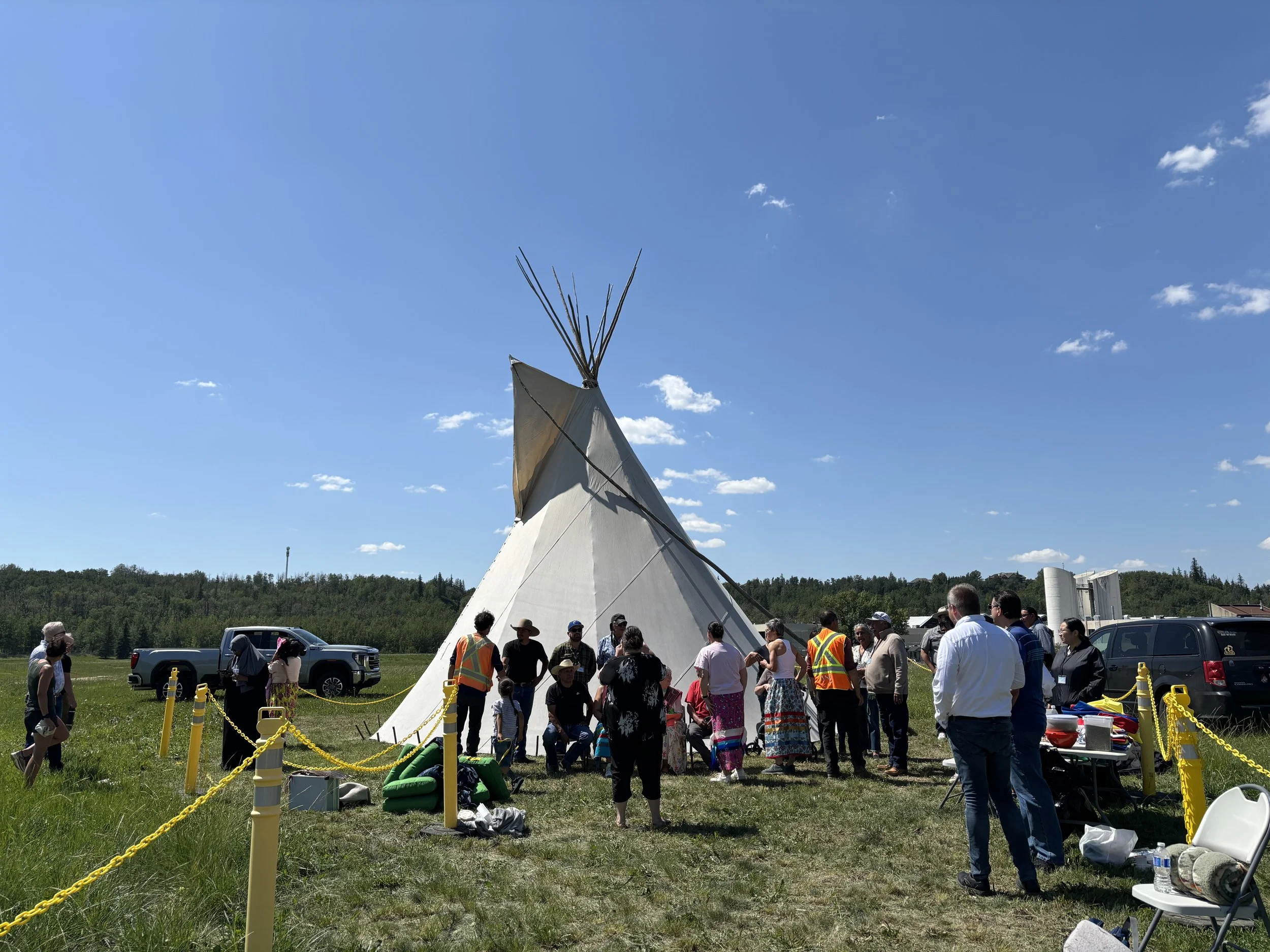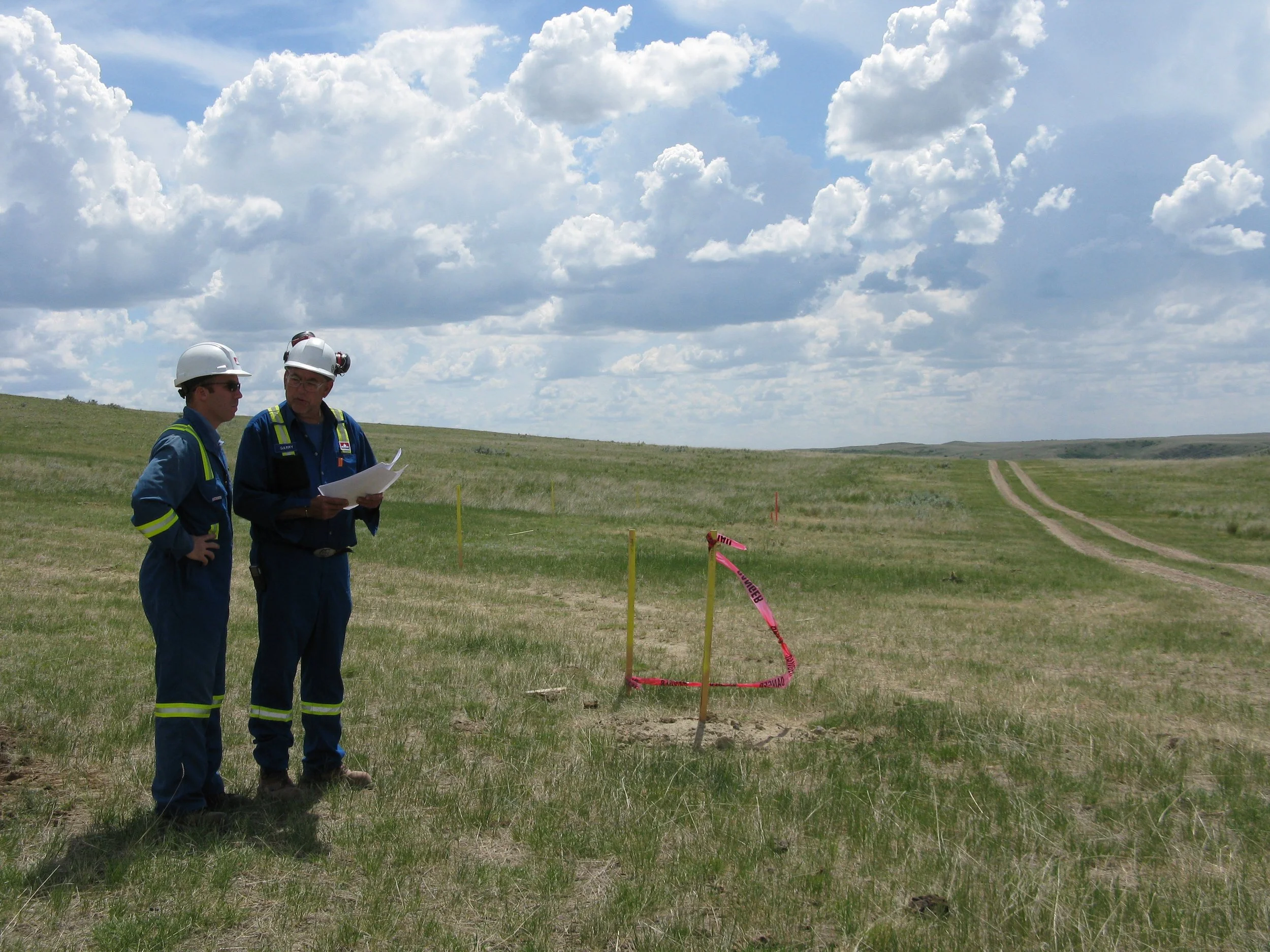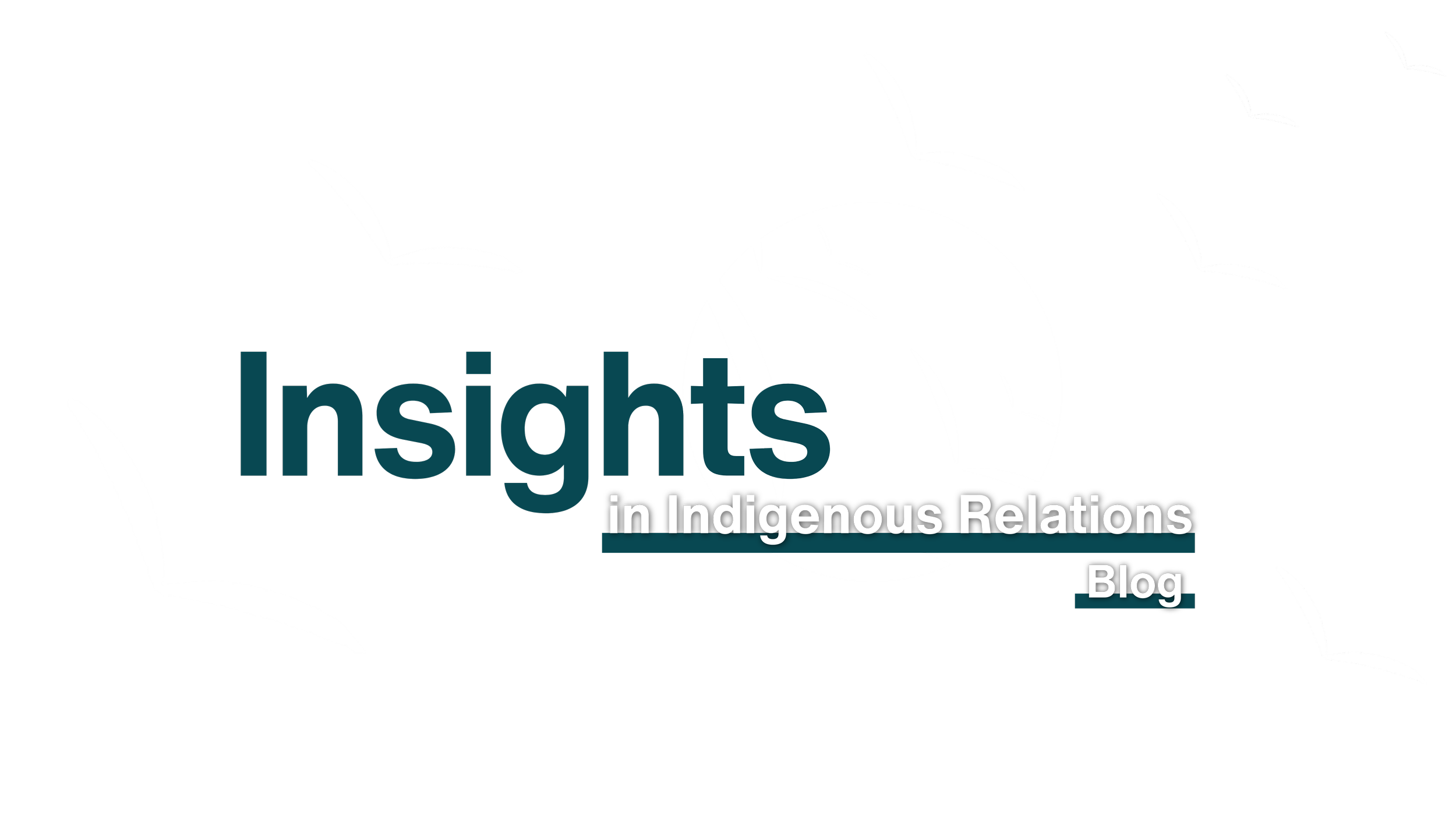
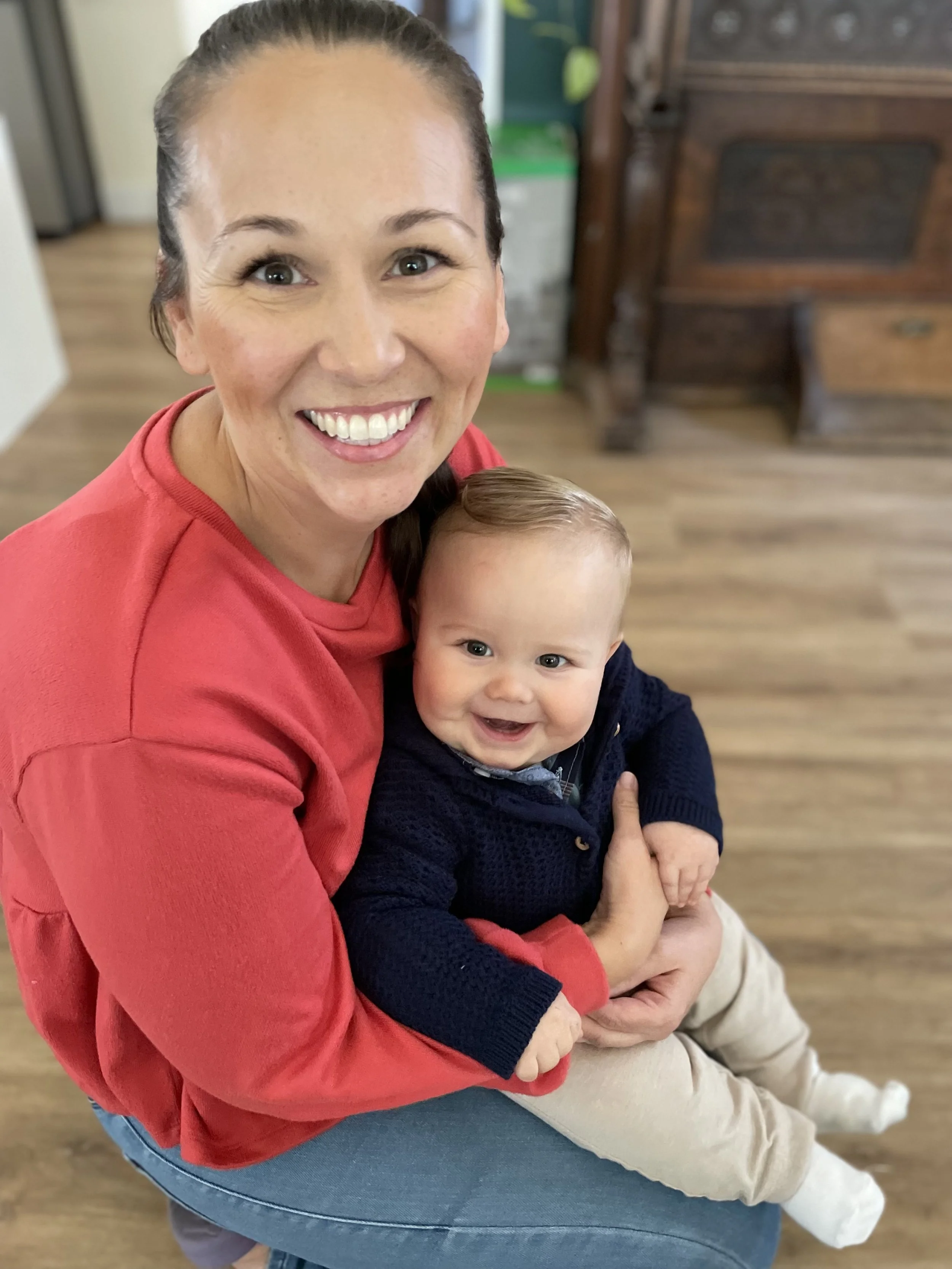
The healthcare system, motherhood, community and an Indigenous perspective
When Anne gave me the opportunity to share my thoughts on a blog post I wasn’t sure how to share my perspective and thoughts without getting too personal. So, I decided, I am just going to share it all, maybe it will help someone – maybe it will bring a different perspective– maybe it will bring reassurance to someone going through a similar situation? If it can help anyone in any way, I am going to share.


